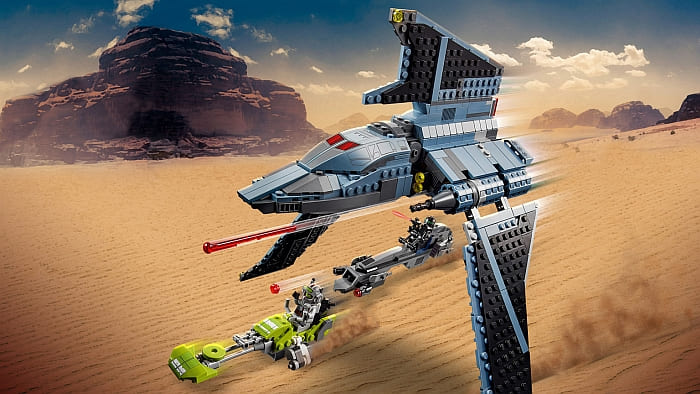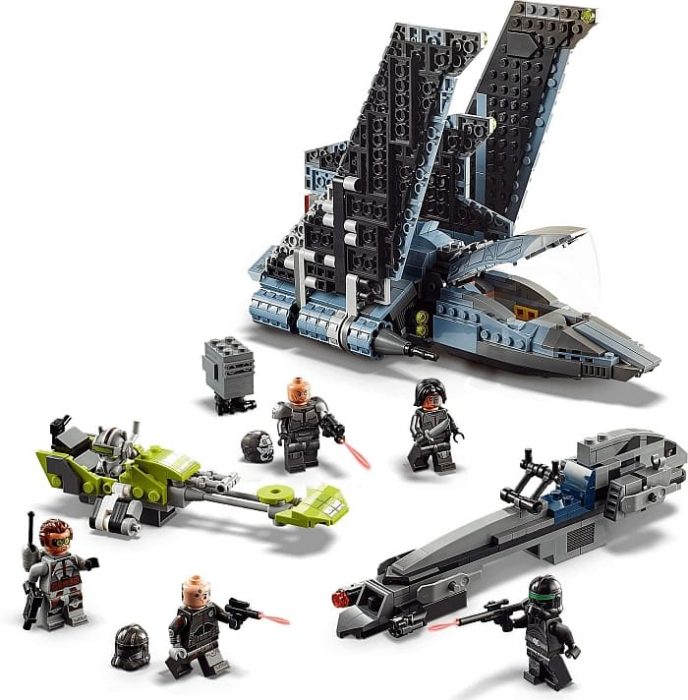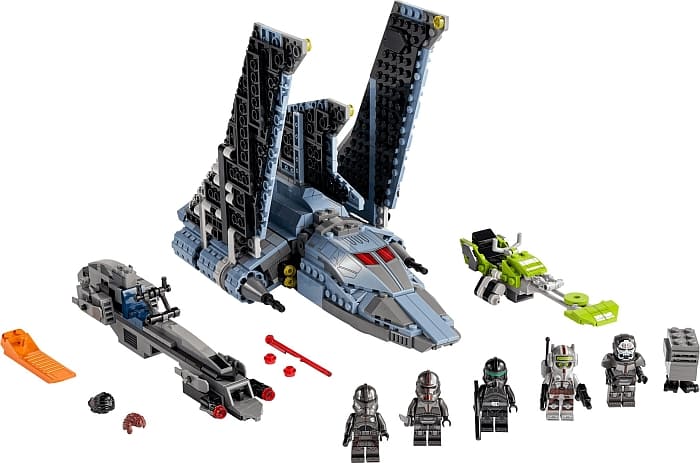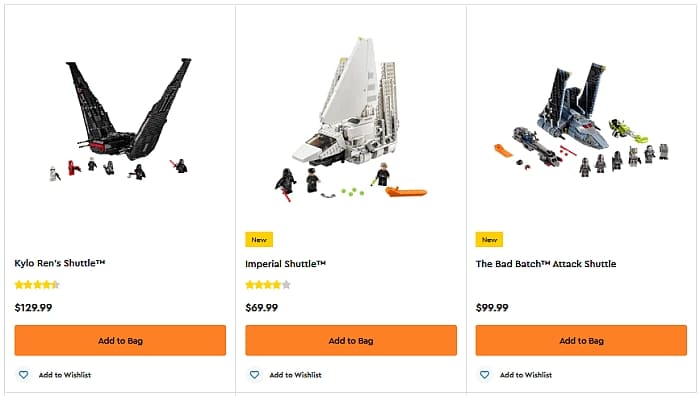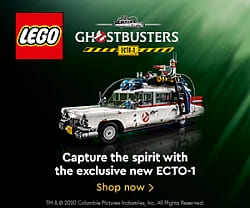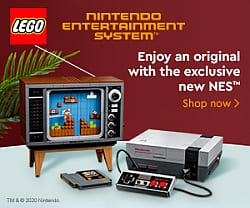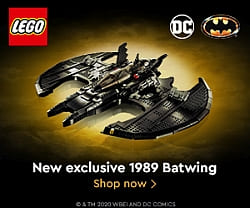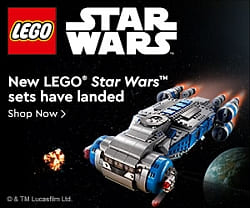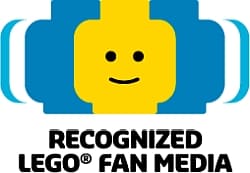Today, the LEGO Group announces the new #10292 LEGO F.R.I.E.N.D.S Apartments set – which allows fans of the iconic Warner Bros. TV series the chance to recreate their favorite scenes. The 2,048-piece set, features both Monica and Rachel’s, and Chandler and Joey’s New York apartments, plus the adjoining hallway. Details below.

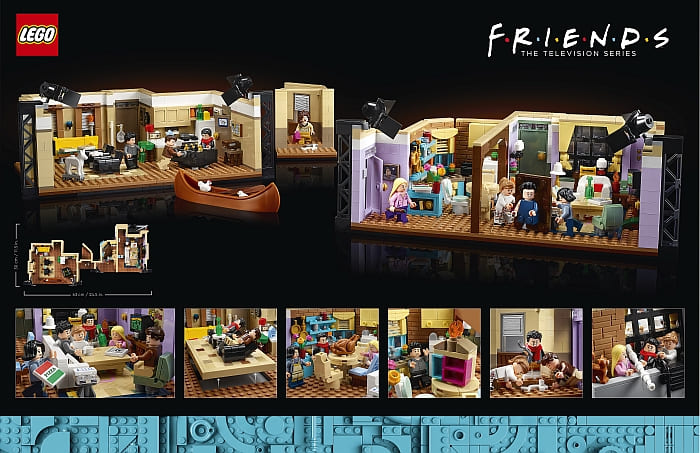
Following the hugely popular #21319 LEGO Ideas F.R.I.E.N.D.S Central Perk set, which was released in 2019 and is still available at the LEGO Ideas section of the Online LEGO Shop, the #10292 LEGO F.R.I.E.N.D.S Apartments is complete with iconic features and props, such as the classic moment when Monica put the Thanksgiving turkey on her head, the one where Joey and Chandler only had a canoe as furniture, and when Phoebe’s dollhouse went up in flames.



Other accessories from the show include; the Poking Device, Gladys, Phoebe’s creepy art piece, the cheesecake that falls on the floor, Pat the Dog, the chick and duck, and many more. The set also gives fans the real sense of the original filming studio with set lights and allows you to display both apartments either separately or linked together with the hallway.

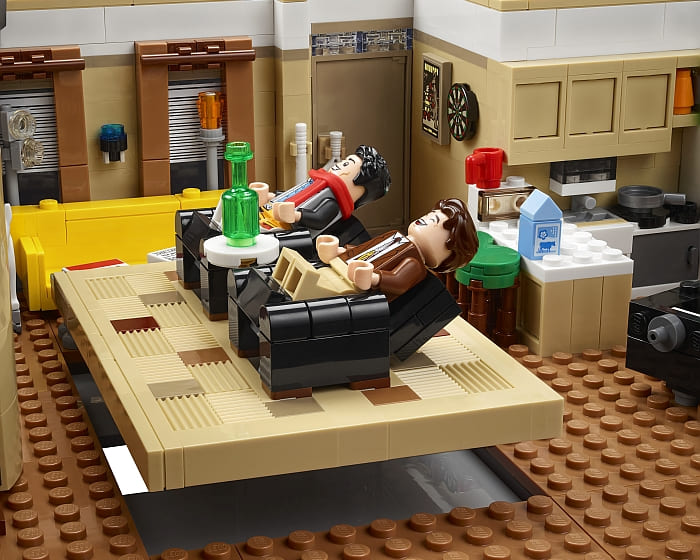
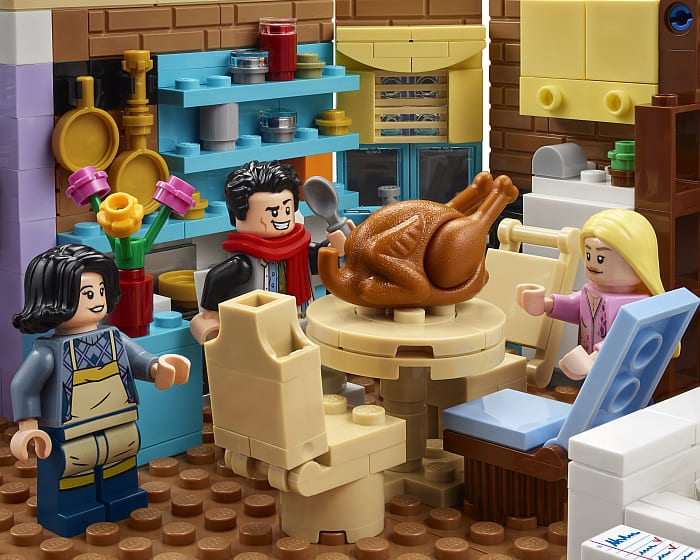
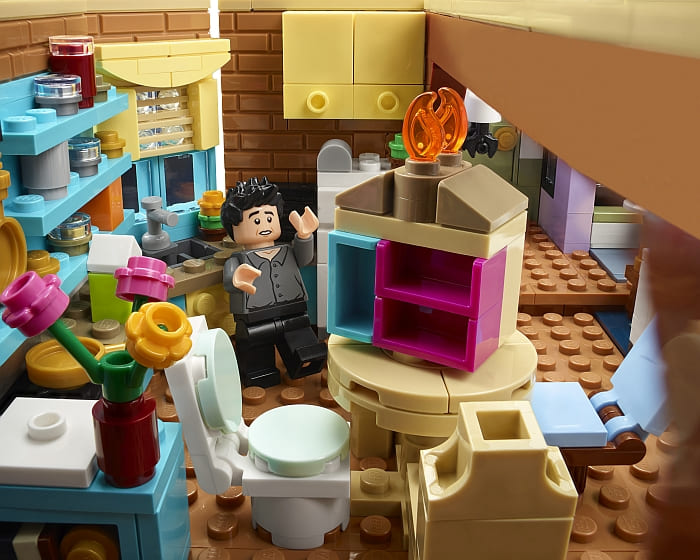
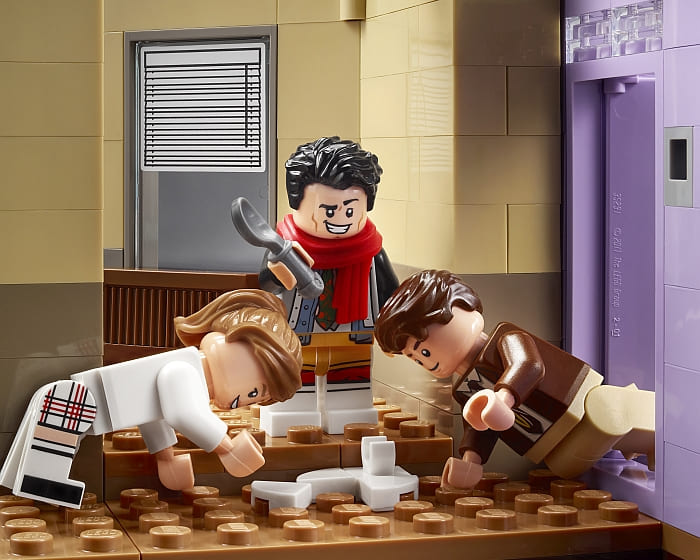
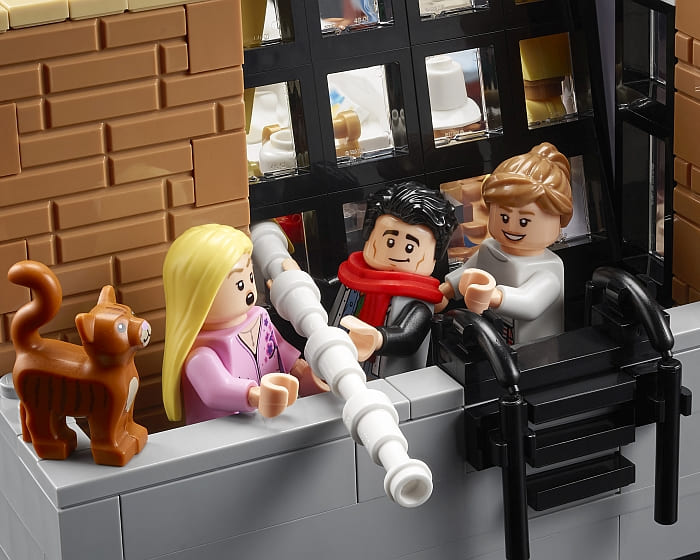
Additional features of the set include; new minifigures of the whole gang, in some of their most memorable outfits, Rachel’s iconic plaid skirt, Ross’ too tight leather pants, Monica in an apron, Phoebe in a classic floral look, Chandler in a suit and loud designer tie, and Joey wearing all of Chandler’s clothes. And for the first time ever, Janice will also feature as a minifigure in a classic over-the-top gaudy outfit.

Anderson Ward Grubb, LEGO Set Designer commented, “Following the success of the LEGO Ideas Central Perk set, we wanted to develop another tribute to this iconic TV show with a focus on the famous apartments. We worked directly from production photos of the set as well as watching and re-watching a lot of episodes so we could capture as many iconic moments as possible. One fun challenge was figuring out how to represent some aspects that change over the course of the show that appear in some episodes and not in others. I am looking forward to seeing if the eagle-eyed fans will spot them.”
The #10292 LEGO F.R.I.E.N.D.S Apartments measures 4” / 10cm high, 25” / 64cm wide, and 12” / 31cm long, and comes with 2,048 pieces. This is an adult-oriented set released in the 18+ line.
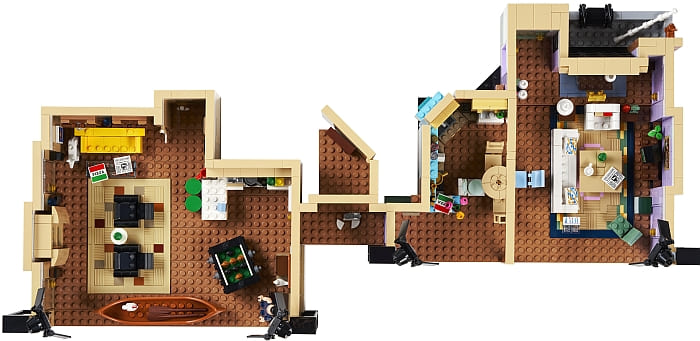
The #10292 LEGO F.R.I.E.N.D.S Apartments is going to be available exclusively for LEGO VIP members from the 19th of May and from official LEGO stores and the Online LEGO Shop from the 1st of June. Prices are as follows: Price: €149.99 / $149.99 / £134.99 / 259.99 AUD / 199.99 CAD / 1499.99 BRL. For more information, visit the Online LEGO Shop.
The #21319 LEGO Ideas F.R.I.E.N.D.S Central Perk set has been popular not just with fans of the TV show, but also those who like detailed interiors. It inspired LEGO fans to incorporate the interior decorations into full buildings, or use the various furniture and decorative elements in other ways. In addition, the minifigs come with highly detailed outfits that can be reused in many settings. I expect that the #10292 LEGO F.R.I.E.N.D.S Apartments is going to be similarly popular, and will even further boost the sales of the original set. If you haven’t gotten it already, you can purchase the #21319 LEGO Ideas F.R.I.E.N.D.S Central Perk set at the LEGO Ideas section of the Online LEGO Shop.
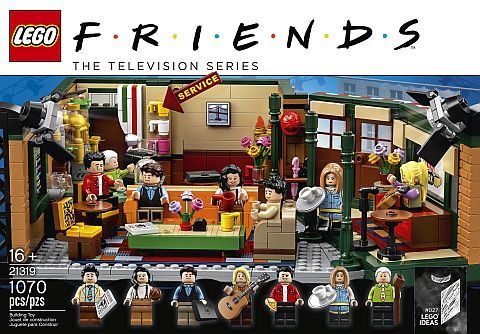
What do you think? How do you like the original LEGO Ideas F.R.I.E.N.D.S Central Perk set? And what do you think of this second set related to the TV show? Feel free to share your thoughts and discuss in the comment section below!
And you might also like to check out the following related posts:


